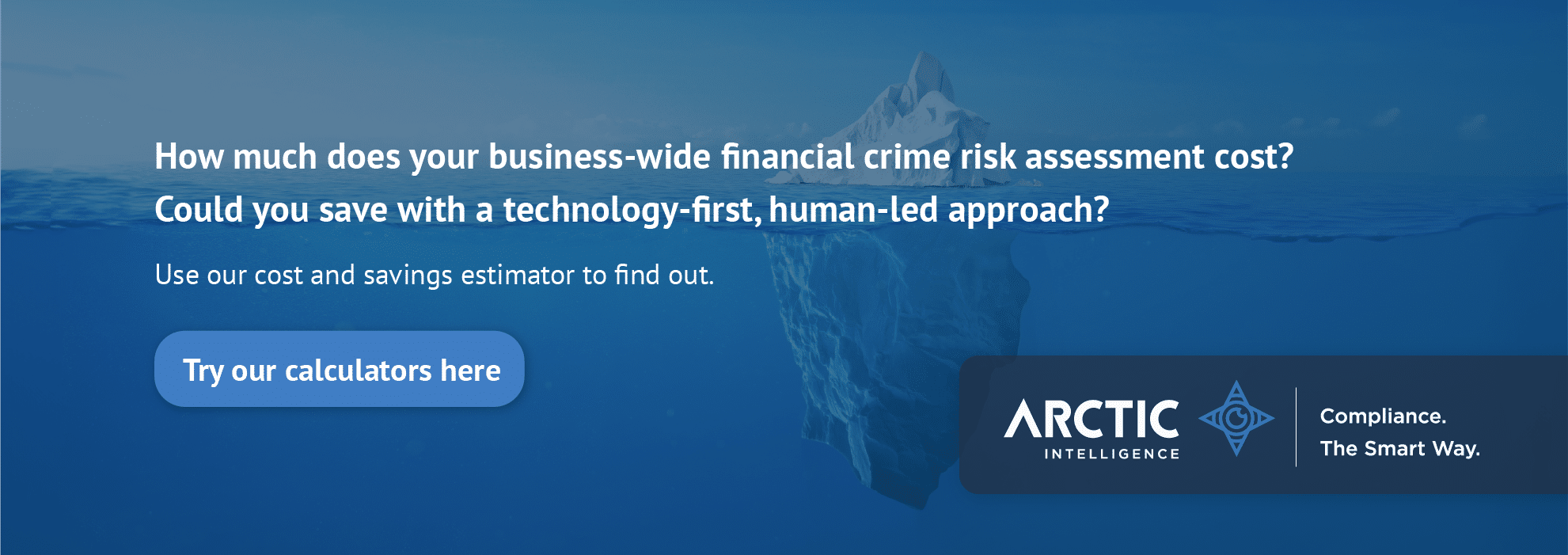Introduction
Gatekeepers, such as lawyers, accountants, real estate agents, and trust and company service providers (TCSPs), play a critical role in preventing financial crime by ensuring compliance with anti-money laundering (AML) and counter-terrorism financing (CTF) regulations. Politically Exposed Persons (PEPs) present unique challenges due to their heightened risk of involvement in corruption, bribery, and illicit financial activities. PEPs are individuals who hold or have held prominent public functions, along with their immediate family members and close associates. Enhanced Due Diligence (EDD) requirements are essential for gatekeepers to manage the risks associated with PEPs. This article explores these risks, outlines the regulatory obligations, and provides best practices for mitigating PEP-related risks.
Understanding PEPs and Their Risks
A Politically Exposed Person (PEP) is defined as an individual who holds, or has held, a prominent public position. This definition extends to:
- Domestic PEPs: Individuals within a country holding significant roles, such as government officials, legislators, and judges.
- Foreign PEPs: High-ranking officials from foreign governments.
- International PEPs: Individuals with senior roles in international organisations (e.g., UN, IMF).
- Family Members and Associates: Immediate relatives and close business associates of PEPs, as they may act as proxies in illicit activities.
Risks Associated with PEPs
PEPs are inherently high-risk due to their positions of power and access to public funds. Common risks include:
- Corruption and Bribery: PEPs may misuse their influence to embezzle public funds, solicit bribes, or engage in kickback schemes.
- Money Laundering: Illicit funds obtained through corruption are often laundered through corporate structures, real estate, and offshore entities.
- Asset Concealment: PEPs may use complex legal and financial arrangements to obscure the ownership of assets.
- Reputation Risks: Gatekeepers who fail to identify and address PEP-related risks face reputational damage, regulatory penalties, and legal consequences.
Regulatory Framework for PEPs
International AML standards, such as those issued by the Financial Action Task Force (FATF), mandate Enhanced Due Diligence (EDD) for PEPs. Key obligations include:
- Identification and Risk Assessment: Gatekeepers must determine whether a client qualifies as a PEP and assess their risk profile.
- Enhanced Due Diligence (EDD): For high-risk PEPs, gatekeepers must apply additional scrutiny, including source of funds and wealth verification.
- Ongoing Monitoring: Continuous monitoring of PEP clients to detect suspicious activities over time.
- Suspicious Transaction Reporting (STR): Filing reports to Financial Intelligence Units (FIUs) when suspicious activities involving PEPs are identified.
Jurisdictions worldwide incorporate these requirements into their AML laws. For example:
- European Union AML Directives: Mandate identification of PEPs and application of EDD for both domestic and foreign PEPs.
- United States (FinCEN): Requires financial institutions and gatekeepers to implement stringent controls for high-risk PEPs.
- Australia (AUSTRAC): Emphasises risk-based approaches to identifying and monitoring PEPs.
Best Practices for Gatekeepers to Mitigate PEP Risks
Gatekeepers can adopt robust measures to mitigate risks associated with PEPs. These best practices include:
1. Implement a Risk-Based Approach
A risk-based approach ensures resources are focused on higher-risk PEP clients:
- Conduct an initial risk assessment to categorise PEP clients based on factors such as their position, jurisdiction, and transaction patterns.
- Assign higher levels of scrutiny to PEPs from jurisdictions with high levels of corruption or weak AML enforcement.
2. Robust Client Due Diligence (CDD) and Enhanced Due Diligence (EDD)
Perform thorough due diligence during client onboarding and periodically thereafter:
- Verify Identity: Confirm the identity of the PEP, their family members, and close associates using reliable documents and databases.
- Source of Funds and Wealth: Request and verify documentation that demonstrates the legitimacy of the client’s income and assets.
- Purpose of Business Relationship: Understand the nature of the client’s transactions and ensure they align with their profile.
3. Leverage Technology for Screening and Monitoring
Automated tools can improve the accuracy and efficiency of PEP identification and monitoring:
- Use PEP Screening Tools to cross-check clients against global databases of PEPs, sanctions lists, and adverse media reports.
- Implement Transaction Monitoring Systems that flag unusual activities, such as large transfers, cash transactions, or transactions involving high-risk jurisdictions.
- Utilise Artificial Intelligence (AI) and Machine Learning (ML) for real-time monitoring and anomaly detection.
4. Ongoing Monitoring and Review
PEPs’ risk profiles can change over time, requiring continuous monitoring:
- Regularly review client information and update risk assessments.
- Monitor transactions for changes in patterns, such as sudden increases in transaction value or complex structuring.
- Ensure systems are in place to detect and act upon red flags promptly.
5. Staff Training and Awareness
Ensure employees are equipped to identify and manage PEP-related risks:
- Conduct regular AML/CTF training focused on identifying PEPs, assessing risks, and applying EDD measures.
- Provide case studies of real-world PEP-related financial crimes to improve awareness and understanding.
6. Establish Clear Internal Policies and Governance
Gatekeepers must develop and enforce clear internal policies for handling PEPs:
- Establish procedures for identifying, verifying, and monitoring PEP clients.
- Define escalation protocols for high-risk PEPs, ensuring senior management reviews significant relationships.
- Document all decisions, assessments, and actions related to PEP clients to demonstrate compliance.
7. Collaborate with Regulators and Authorities
Effective collaboration with regulatory bodies strengthens compliance efforts:
- Maintain open communication with Financial Intelligence Units (FIUs) to report suspicious activities.
- Participate in public-private partnerships to share insights and improve risk management practices.
Case Example: PEP-Related Financial Crime
A high-profile case involved a foreign PEP using a series of shell companies to purchase luxury real estate in multiple countries. The funds, derived from bribery and embezzlement, were funneled through TCSPs and law firms that failed to conduct adequate EDD. Regulatory investigations revealed lapses in verifying the source of funds and beneficial ownership, resulting in significant fines for the involved parties and reputational damage to the firms.
Conclusion
Politically Exposed Persons (PEPs) present significant risks for gatekeepers due to their potential involvement in corruption, bribery, and money laundering. Lawyers, accountants, real estate agents, and TCSPs must implement robust Enhanced Due Diligence (EDD) measures to identify, assess, and mitigate these risks effectively. By adopting a risk-based approach, leveraging technology, and fostering a culture of compliance, gatekeepers can fulfill their obligations, protect their reputations, and contribute to global efforts to combat financial crime. Proactive management of PEP-related risks is essential to ensuring the integrity and transparency of the financial and legal systems gatekeepers serve.



